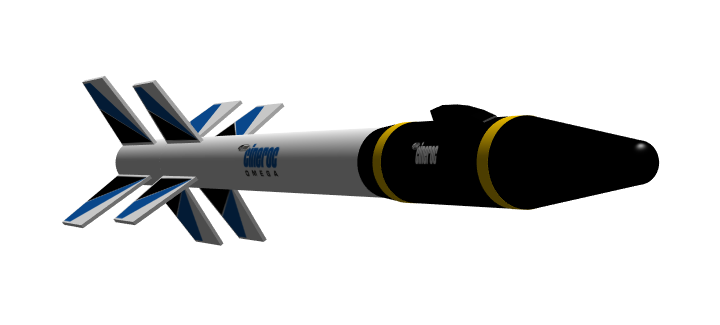- Joined
- Mar 27, 2013
- Messages
- 22,535
- Reaction score
- 14,936
I've got the beginnings of a design in mind that calls for forward swept fins... I'm figuring something in a 75mm M powered design. I'm thinking that I'd use some 5mm birch plywood for the ins, and tip-to-tip FG to make it work... Or am I begging for fin flutter and a shred?
Thanks!
Jim
Thanks!
Jim





